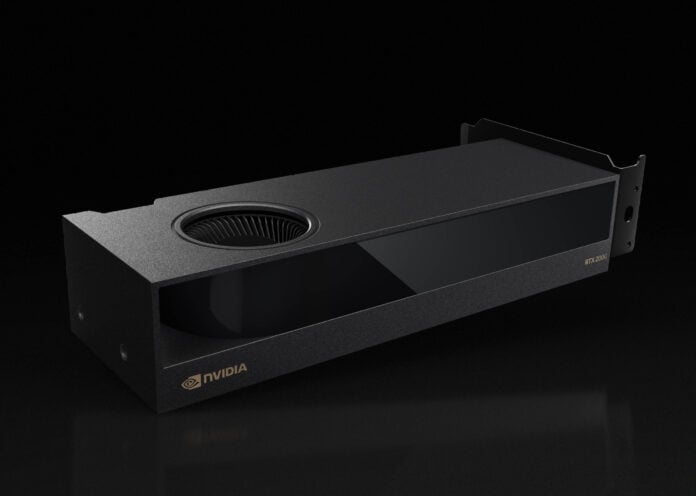Nvidia and MediaTek to Develop ARM-based AI SoC, Rumors Suggest
Nvidia and MediaTek's potential collaboration has stirred excitement in the tech world. A recent leak hints at a surprising partnership between these two giants, suggesting they are co-developing an ARM-based system-on-chip (SoC) tailored for artificial intelligence applications. But there's more! The whistleblower, XpeaGPU, has added another thrilling detail: Nvidia might be targeting the handheld gaming market […]
Nvidia and MediaTek to Develop ARM-based AI SoC, Rumors Suggest Read More »









